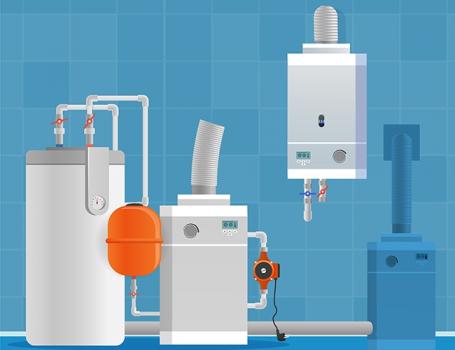Fluid Analysis: See into the Soul of Your Thermal Fluid System

Description
Thermal fluid heating systems have long been utilized as efficient, safe, and low maintenance alternatives to traditional high-pressure steam and direct-heating systems. These inherent advantages are not to be taken for granted, as they are contingent upon on a few fundamental, yet critical elements:
- A properly selected heat transfer fluid
- A well-designed heating system
- An operation controlled within design specifications
- Adherence to basic routine maintenance practices
There are a variety of purposely engineered heat transfer fluids and reputable thermal fluid equipment manufacturers in the industry today; leaving responsible/effective process specifiers with plenty of quality options to satisfy items 1 & 2. With those key physical elements in place, long term thermal fluid system optimization is in the hands of the operators & maintenance leads. Negative circumstances such as unplanned maintenance, downtime, equipment breakdowns, premature fluid replacement, safety hazards, major leaks, etc. do not happen overnight in these systems. It takes a series of fluid and equipment failures compounded over time to yield a catastrophic event such as a major leak or thermal fluid fire. A well-informed user that is conscious of these potential impacts can easily avoid these situations. The combination of a few ill-advised operating shortcuts coupled with the failure to adhere to basic fluid maintenance practices provides a formula for substantial failures.
Fluid Analysis is the most fundamental aspect of any routine maintenance plan for a thermal fluid system. A proper testing program not only indicates the current condition, but it also establishes a history of the system and can raise red flags for problems that will eventually damage the fluid and equipment. As recommended by all reputable thermal fluid and equipment manufactures, professional analysis of the fluid should be conducted at least annually. The analysis should be specific to the operating criteria that are unique to thermal fluids, and should not be substituted by common lubrication oil testing. A combination of visual inspection, laboratory testing and professional evaluation of the results is essential for capturing all of the information necessary for an effective analysis. Just as important as the frequency and specific type of testing is the proper collection of the fluid sample. The sample should be taken at a minimum temperature of 180°F from an active section of the system and protected from any contamination. This ensures that the sample is providing an accurate representation of the bulk operating fluid within the system.
At a minimum, there are three basic laboratory tests that should be run to accurately determine the condition of a thermal fluid sample. Total Acid Number (ASTM D-664) is the most telling and directly relevant test. This measures the level of acids present in the fluid that is generated as a result of oxidation. These acids are the raw material responsible for the formation of sludge in the thermal fluid, which is the main culprit for creating system cold spots. The higher the Acid Number, the greater the extent of oxidation. Kinematic Viscosity (ASTM D-445) is a measurement of how effectively a fluid flows at a certain temperature (40ºC is the standard test temperature). Fluids with extremely high viscosities will typically display poor heat transfer efficiency and may also cause problems with low-temperature startup. Significant increases or decreases in fluid viscosity over time are strong indicators of thermal degradation or the possibility of contamination. Finally, the Distillation Range (ASTM D-2887) can be used to track changes in the make-up of the fluid over time to determine whether fluid has degraded or has been contaminated. When analyzed by an expert, the results of these tests, especially when conducted at routine intervals, can be interpreted to identify degradation problems as well as pinpointing the likely source of the degradation. Additional tests such as water content, flash point, and insolubles may be recommended depending on the circumstances and discretion of the testing expert.
Fluid degradation is the main culprit for negative outcomes in a thermal fluid heating system and improper operation and maintenance are the leading causes of premature degradation. Therefore, it is necessary to understand how the fluid degrades, where the degradation originates, and how the operation of the system can be altered to avoid the ultimate problems. The importance and effectiveness of a good Fluid Analysis program in monitoring and stay ahead of any degradation related problems cannot be overstated. Work with your equipment manufacturer, service reps and the provider of your heat transfer fluid to establish your analysis plan. Pick up tips. Follow the advice, recommendations, and corrective actions. Taking the time to understand the equipment and how to properly maintain the fluid will not only extend the operating life but also ensure more efficient, reliable production capabilities for many years.
Authored by: Ryan Ritz Global Director of Technology Paratherm Heat Transfer Fluids
